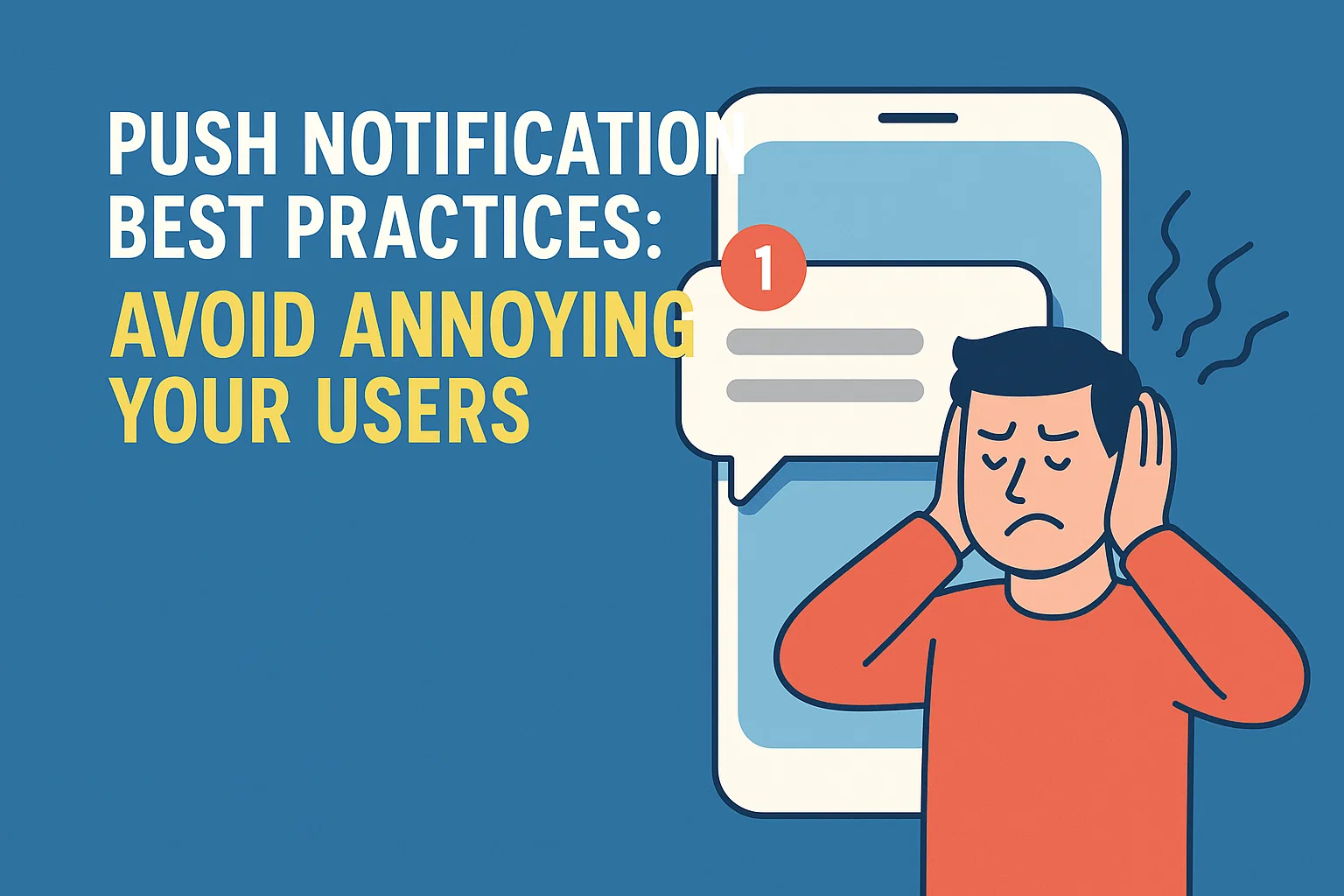
2025-05-16

Push notifications can significantly boost user engagement and retention. However, overdoing them or sending irrelevant messages can frustrate users and lead to uninstalls or opt-outs. Here are best practices to ensure your push notifications remain helpful and welcomed.
Always ask users for permission before sending push notifications. Explain the benefits clearly to encourage opt-in and build trust.
Use user data such as behavior, preferences, and location to send relevant notifications. Personalized messages are less likely to be ignored or perceived as spam.
Avoid bombarding users with too many notifications. Find a balance that keeps users engaged without overwhelming them. Quality over quantity matters.
Send notifications at appropriate times based on user activity and time zones. Avoid disturbing users during odd hours or work times unless urgent.
Every notification should have a clear purpose and value. Whether it’s an update, reminder, or offer, users should know why they are receiving it.
Keep your messages short, straightforward, and actionable. Avoid jargon or ambiguous terms that confuse users.
Make it easy for users to manage notification preferences or opt out completely. Respecting user choice reduces frustration and improves brand trust.
Regularly monitor notification performance metrics such as open rates and opt-out rates. Test different messaging, timing, and frequency to optimize engagement.
Respecting your users' attention with thoughtful push notifications will improve engagement and loyalty. Follow these best practices to avoid annoying your users and build lasting relationships.